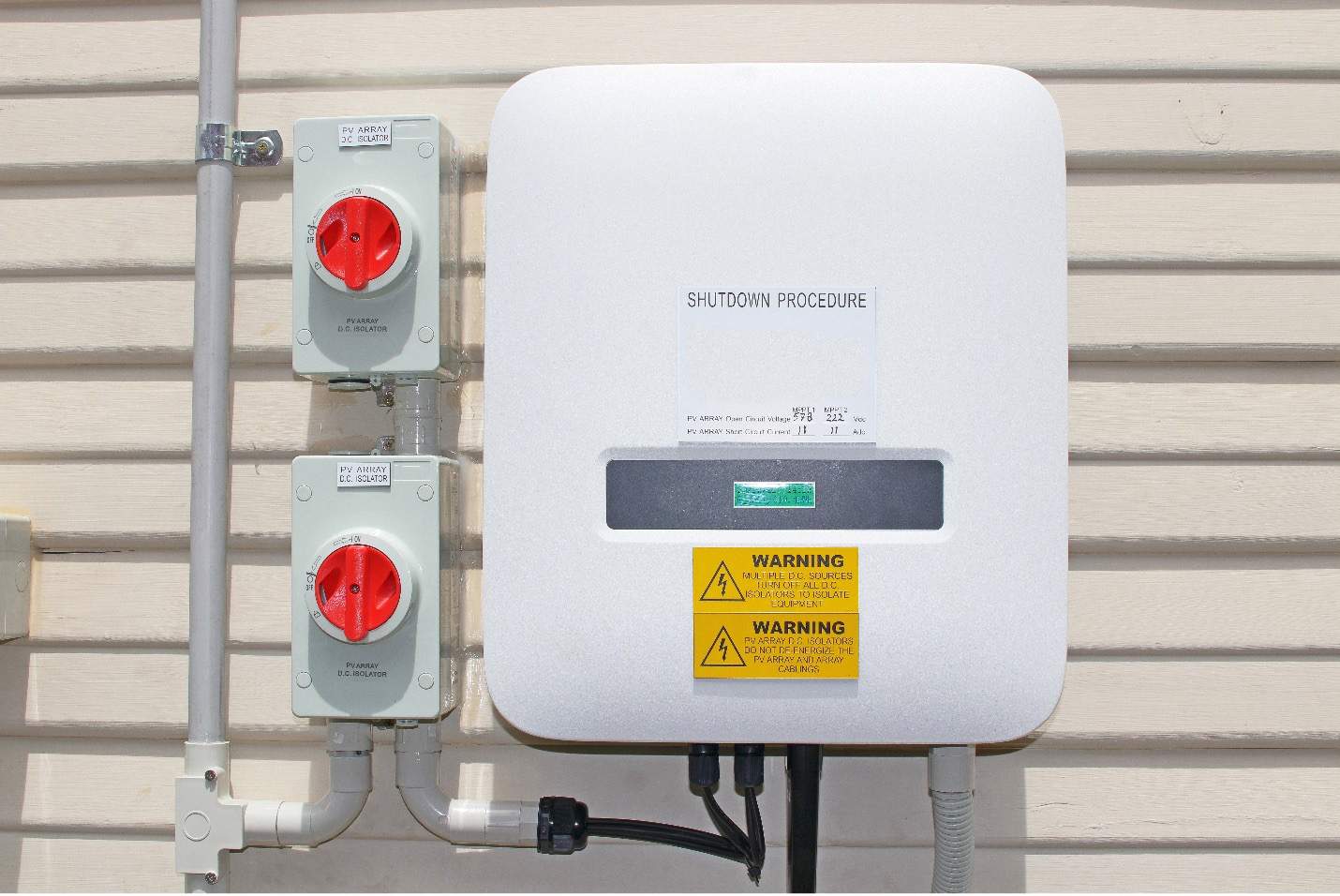Solar Inverter

What is a Solar Inverter?
If photovoltaic cells and modules generate direct-current, or DC, power and your typical home appliances use alternating-current, or AC, power, how can your solar system run energize your home? The solution is through a solar inverter, which is included with all solar panel systems.
When the sunlight hits your solar panels, the PV cells create an electrical current that runs straight to your solar power inverter. Here, the DC power generated is converted into AC power. Only after this step takes place can you use that energy to power your home appliances.
From here, one of two things happens. The first is that the power goes directly to your lights and electrical outlets for use. The second occurs if your solar panel system is generating more energy than you need. Then the power is sent through your meter to the electrical grid where you’ll get a credit. When you’re not producing enough energy, you can utilize your net metering credits and tap into that power from the grid, which is already converted to AC power and is ready for your use.
Types of Solar Inverters
Depending on your solar system, there are different kinds of inverters that can be used. A string inverter is the inverter you’ll see on the side of homes with solar and can also be called central inverters. They can also be installed in garages for indoor storage. For this system, each panel gets its own wire, or “string,” that goes directly to the inverter where the energy is converted. This is a great low-cost option.
Another type of inverter used is called a microinverter. As the name may suggest, these are smaller inverters that instead of going on the side of a house are much smaller and are installed with each individual solar panel. Through this system, the DC power is converted to AC power right away from the roof. While more costly, microinverters optimize the energy produced and can even help to monitor the use of each individual panel. This can also be a good options for systems that have panels facing in different directions, like on both sides of a roof. Solar homes can include both types of inverters.

